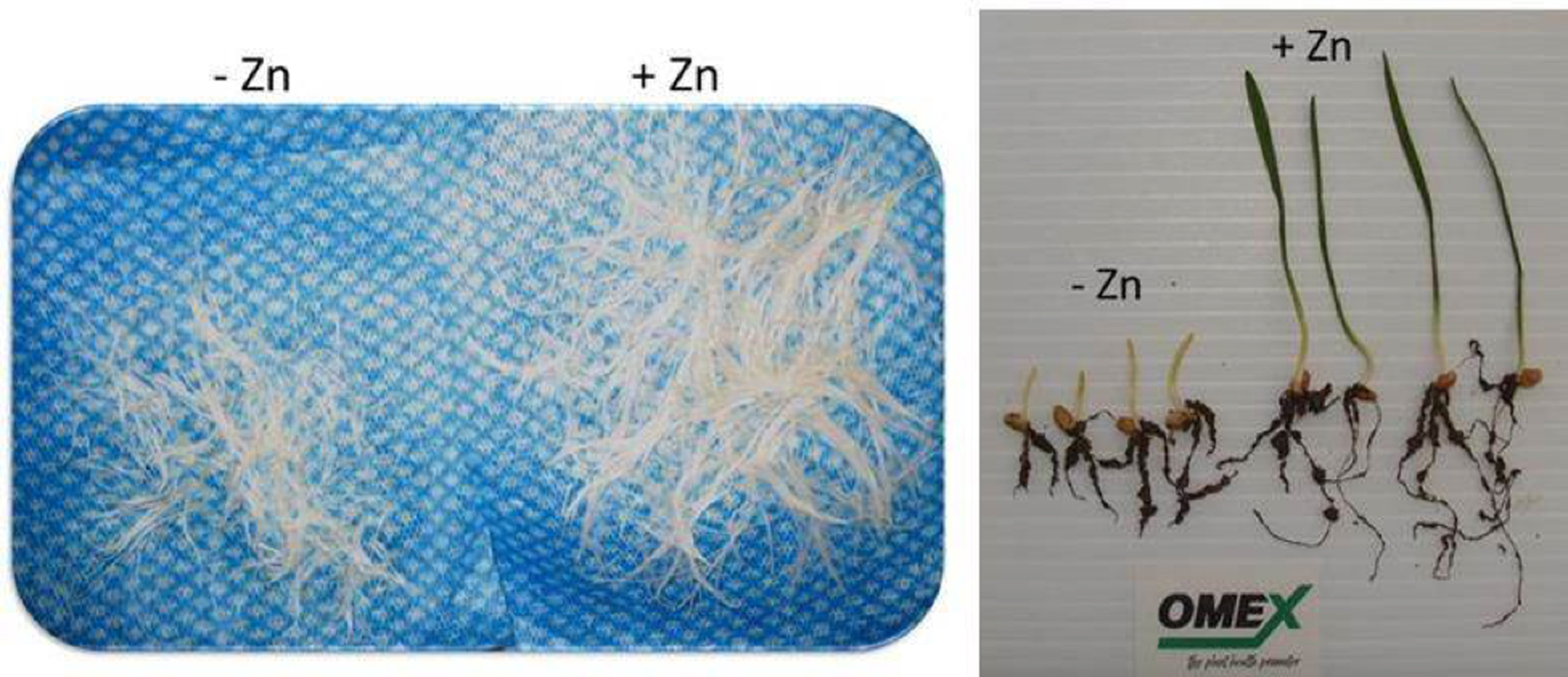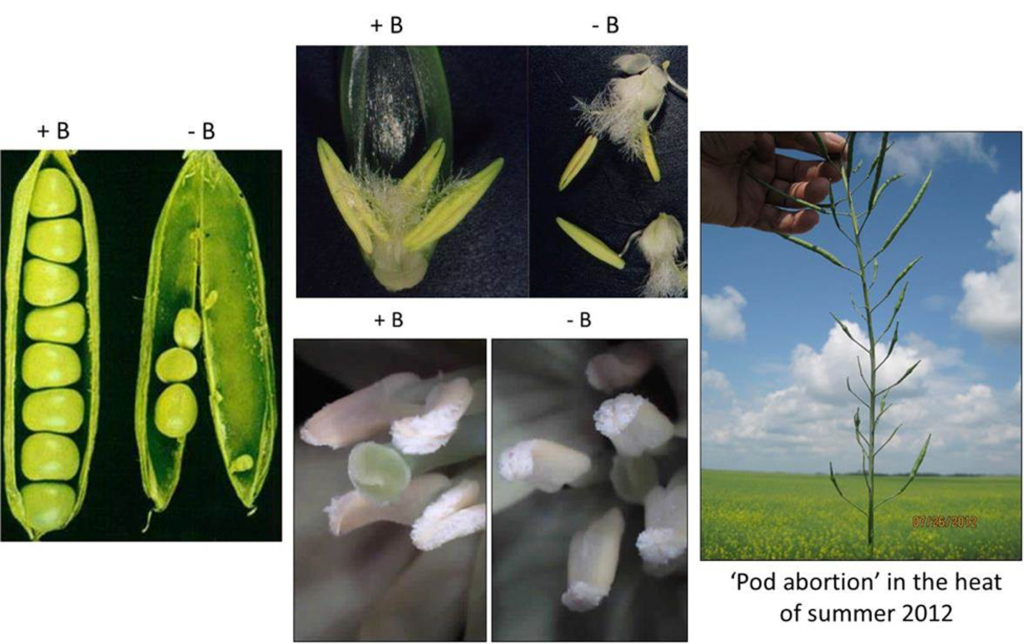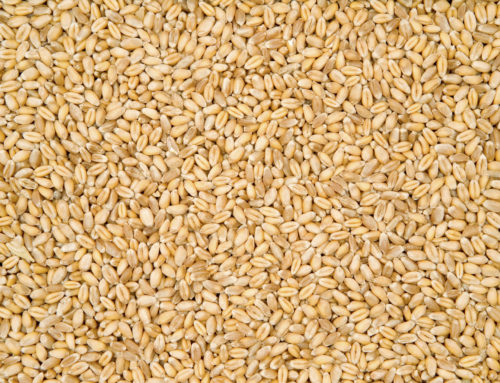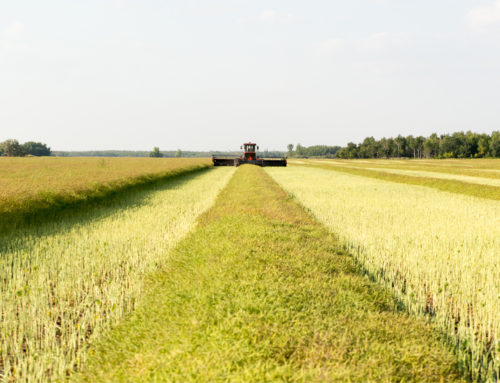So, you’ve been marketing the crop over the winter. Planning the crop rotation, the varieties, and buying the seed and inputs. All the while, you’ve been working on your fertility plan with your agronomist or on your own. Now, you think you should consider micronutrients…well, should you?
Most know the basics, or the theory. Micronutrients are required in minute quantities but are essential for healthy plant growth and yield maximization. Macronutrients, secondary nutrients and micronutrients must all be in balance. And while needed in smaller amounts, micronutrients can play a huge role in crop physiology or the growth of the crop. What we are hearing is there are several benefits of adding micronutrients to your fertility program.
Dr. Abdel El Hadrami, CEO and R&D Director at Omex Canada quickly went to two dramatic examples of how micronutrients can help to directly and positively impact yields. “Looking out my window and seeing barely any snow left, and the sun high in the sky, I know seeding is on every growers’ mind,” he says. “And seeding into warming soils immediately makes me think of zinc. Zinc can be unavailable to the plant in the cold.” Zinc is needed for the production of auxins that are involved in the development of root mass. Low zinc levels can lead to impaired growth and development of the plant, in turn, leading to reduced yields.
Zinc is typically found in low amounts in Prairie soils according to El Hadrami. “Levels in the range of 0.8 to 1.0 PPM are frequently seen,” he says. “In an ideal world, those levels should be closer to 5 PPM, particularly looking at the level of productivity growers want from their crops.” As well, growing high yielding crops year after year is depleting zinc in the soil. Zinc can be applied with the seed and throughout the season with various foliar applications.

Boron is another example of particular relevance on the Prairies. “Boron is often found to be deficient in pod crops such as canola or soybeans,” says El Hadrami. “It is also very important in pollen fertility. A deficiency may not be obvious until pods are aborted due to a lack of pollen fertility.” El Hadrami also notes that boron deficiency may be more problematical in hot and dry seasons or when there is high humidity in the air. “Plants move boron with water from the soil to the leaves through transpiration. When the weather becomes hot and dry or under saturated atmosphere, transpiration shuts down. Any boron moved to the leaves remains in the leaves as it is an immobile micronutrient in plants. Consequently, flowers may not get the levels they need to ensure adequate fertility. We call it pod abortion while it’s a boron deficiency.” Boron is also closely tied to sugar movement in the plant and any shortages at grain filling will impact both yield and quality.

Testing for micronutrients
Soil tests are a key way to diagnose micronutrient deficiencies. Tissue testing can also reveal micronutrient deficiencies, but at that time, it’s a post mortem diagnosis of a malady that’s already clipped yield potential, not a means by which a grower can effectively impact yield in that season
What are the micronutrients and what do they do?
- Boron
- Works in moving sugar through the plant
- Functions in cell development
- Helps repair cell walls after hail damage
- Important in seed (grain) fertilization and development
- Zinc
- Crucial in flower formation
- Biological “anti-freeze”
- Improves germination rates, plant vigour
- Molybdenum
- Necessary for plants to transform N into amino acids (legumes)
- Important in plant nodulation
- Manganese
- Assists in chlorophyll production (no chlorophyll, no life)
- Builds lignin (lodging & disease)
- Copper
- Important in disease prevention (studies linking Cu deficiencies to increased levels of ergot infections)
- Involved in lignin building
- Affects kernel size and weight
- Iron
- Required for chlorophyll
- Essential for plant respiration, photosynthesis, and symbiotic N fixation
- Magnesium (secondary nutrient)
- Required for chlorophyll
- Sugar transport
- Calcium (secondary nutrient)
- Essential for cell wall formation
- Important for nodulation
- Sulphur (secondary nutrient)
- Essential for protein synthesis
If you are looking for more information about micronutrients or are thinking of planning a more comprehensive program, contact your local agronomist.







Leave A Comment